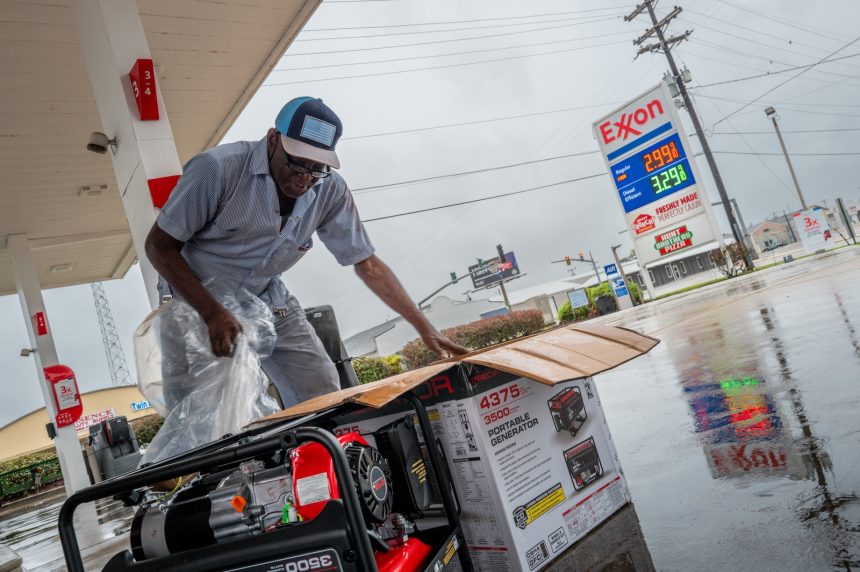Hurricane Francine struck southern Louisiana with powerful winds and a dangerous storm surge, highlighting the vulnerability of coastal communities. Scientists warn that the Gulf Coast faces worsening storm surges due to climate change, sea level rise, and subsidence. The combination of warmer waters and sinking land elevates the risk of devastating hurricanes like Francine. With the Gulf Coast losing elevation and wetlands shrinking, the region’s ability to withstand storm surges is diminishing.
Climate change has intensified hurricanes, and warmer ocean temperatures provide more fuel for these powerful storms. The dynamics of hurricanes, driven by warm sea surface temperatures, can lead to rapid intensification and increased rainfall. The altered atmospheric conditions in the Atlantic and Gulf of Mexico create an environment conducive to stronger and more destructive storms.
The convergence of factors like subsidence, sea level rise, and climate change adds to the complexity of the Gulf Coast’s vulnerability. Subsidence, driven by human activities and natural processes, exacerbates the region’s sinking problem. As parts of the Gulf Coast continue to sink, the risk of hurricane-induced flooding grows significantly.
Efforts to mitigate subsidence can reduce the impact of storm surges and protect coastal communities. By incorporating subsidence rates into flood models, scientists can identify at-risk areas and implement measures to prevent further land loss. Understanding the interplay of subsidence, sea level rise, and storm surges is crucial for planning and adaptation in the face of increasingly dangerous hurricanes.






